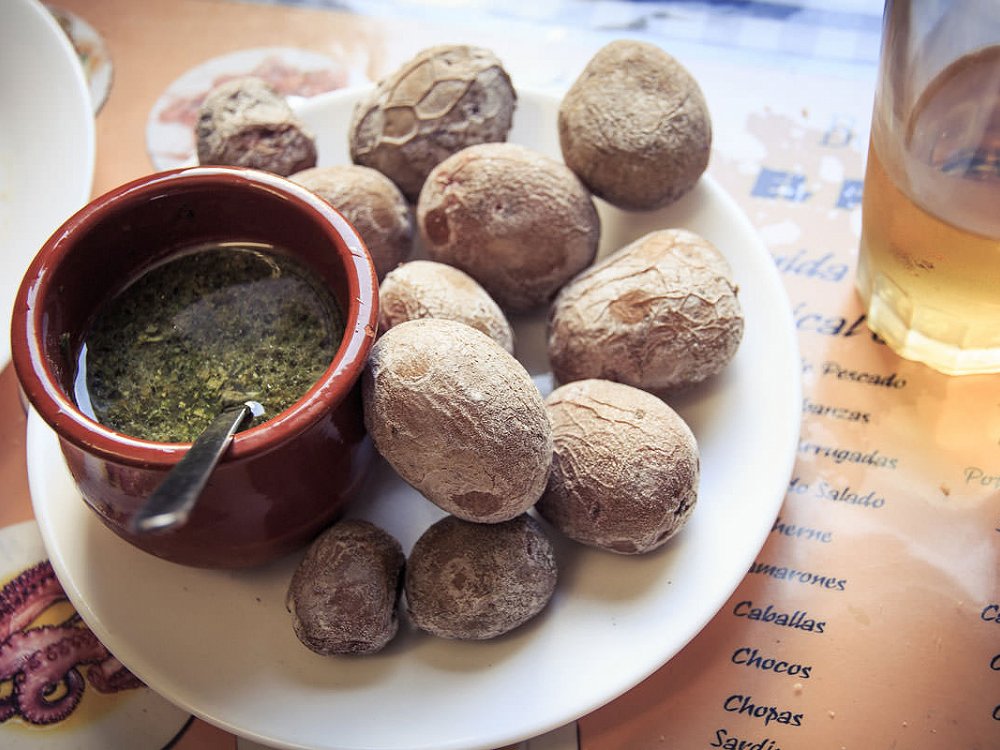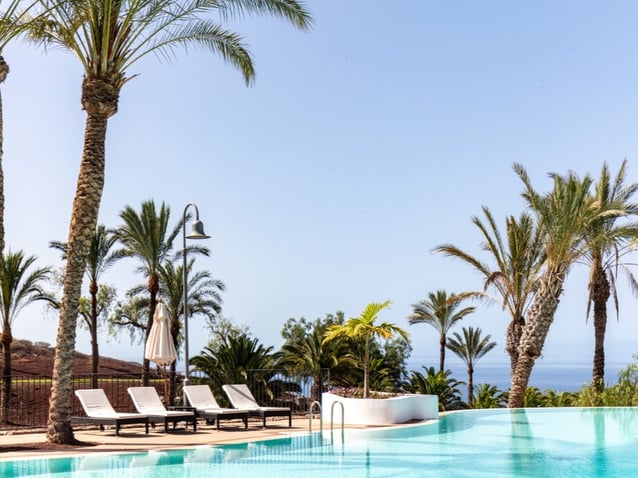
The unique characteristics of the archipelago – the climate, the orography, and its volcanic earth – allow for the development of an incredible variety of local plants that lend special and different flavours to every dish, as well as to Canary Islands mojo sauce, one of its typical accompaniments.
This age-old sauce is the queen of traditional food in Tenerife, and there’s no host that would dare to hold a lunch or dinner without a dish of mojo on the table. That’s why today Abama Resort brings you the best recipes so that you can try your hand at making the sauce yourself. Accompany the delicious dishes at your next meal with this, and your gathering is sure to be a success.
The first thing you need to know is that any mojo picón takes as its basic ingredients olive oil, garlic, and salt. The presence or lack thereof of the other ingredients is what defines the type of mojo you’ll be making.
The most popular sauces are the red and green mojo picón:
Red Canary Islands mojo sauce
This is the most well known, and it typically accompanies wrinkled potatoes (papas arrugás) or meat. Its characteristic red color is lent by the inclusion of paprika, and cayenne pepper and black pepper give it its spiciness. It usually also includes cumin.
Green mojo
This variety includes the same ingredients as the red mojo, but the paprika is substituted with cilantro. There are also recipes that swap the paprika for parsley. No matter the ingredients, green mojo is usually served with fish and, in general, to accompany any product whose flavor you want to emphasize.
Other types of mojo
Besides the two classics, Canary Islands mojo sauce also comes in a few additional singular varieties like, for example, fried mojo, cheese mojo, and liver mojo. The first is made with oregano and tomatoes, the second incorporates cheese that is preferably strong and well-cured. The liver mojo, often used to accompany kid or rabbit dishes, also includes bacon and tripe.
Other common varieties include mojos made with grilled tomatoes, green peppers, or red peppers that, while not sweet, are also not particularly spicy.
The preparation couldn’t be easier. All you have to do is mix together all the ingredients (except the oil and paprika) by hand with a mortar and pestle until you have a paste that is soft and homogenous.
Add the paprika and, very slowly, the extra virgin olive oil and some vinegar until you have a thick sauce. You can thin it a bit with water if necessary.
As you see, it’s easy, though perhaps a bit laborious, as we do recommend making it the traditional way with a mortar and pestle. We won’t look down our nose at you, though, if you opt for a blender.
Starting now, make sure you include a good amount of Canary Islands mojo sauce to accompany your other Canary Islands food at dinner parties on the terrace of your luxury property at Abama. You may even decide it should be a daily thing, because there’s no reason to wait for a special occasion. With a little mojo picón or other Tenerife food, you can always add a bit of spice to your life.







